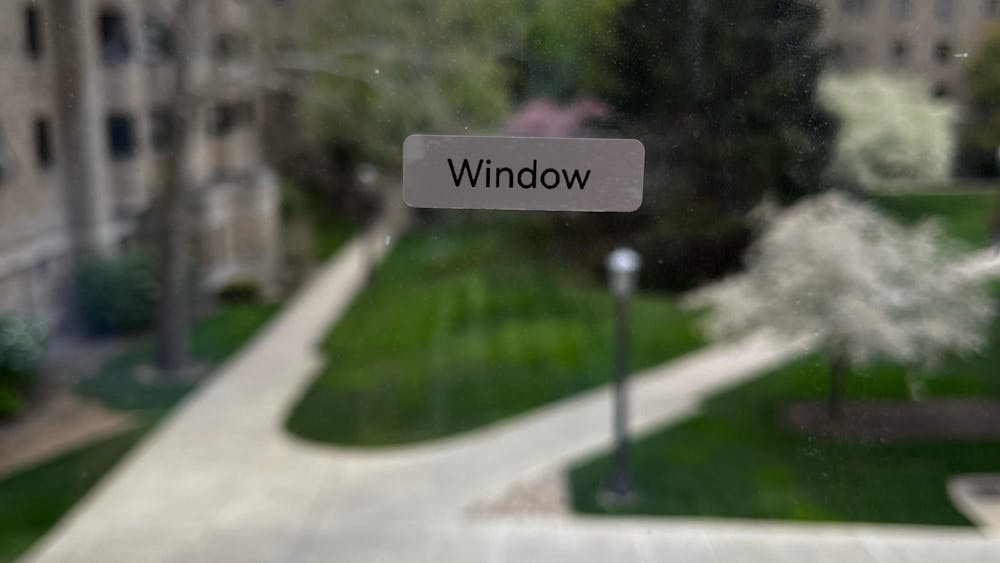When we hear about education these days, the typical news is both dire and ominous. One of the most prevalent refrains is that America lags embarrassingly behind other nations in standardized test scores. Another is the inadequacy of our STEM education — science, technology, engineering and math. We are barraged by information about how American students are in free-fall compared to our ruthlessly ambitious Chinese counterparts, books revealing how our university system fails to develop critical thinking skills, reports on the mess of our public school system. Some debates are bitter and rusted down from years of stagnation (think affirmative action and teachers unions).
Other debates are simply bewildering — we hear contradictory volleys about the political indoctrination of students. One side claims that teachers and academics are far too liberal, while the other bemoans the efficacy of religious fundamentalists in forcing the pseudoscience of intelligent design to be taught as a viable alternative to evolution.

One only need watch the vitriol spewed between New Jersey governor Chris Christie and state teachers to gain an accurate picture of America's collective feelings towards education. Peter Thiel, the famous venture capitalist who invested in Facebook in its earliest days, recently set up an initiative that will pay promising under-20-year-old students $100,000 to drop out of school. That certainly sounds like a vote of no confidence if I've ever heard one.
Is there any room for optimism against this harsh backdrop of disappointment and fear? Actually, yes. While most of the things we may hear about modern education might make us sincerely worry about both the future of our country and the fitness of our next generation to inherit the earth, recent developments in technology promise a bright new future in education.
First, there is the rise of open courseware. The idea consists of putting all content and material from university classes online, accessible to everyone in the world.
It promises to unlock the knowledge of our greatest schools and universities and disperse to it to any eager learners in the general public. The most prominent open courseware system was spearheaded ten years ago by Massachusetts Institute of Technology. They now have over 2,000 courses, many complete with video lectures by esteemed MIT professors, class notes, tests, assignments and projects. MIT claims to have over 100 million individual users. Stanford has a similar setup, offered through iTunesU. Notre Dame was also actually a fairly early pioneer of open courseware, and has its own smaller collection of classes available to anyone at ocw.nd.edu. Everyone from intellectually curious highschoolers, to university students who want to expand their knowledge, to older professionals looking for something new to learn, stand to benefit from the development.
Another transformative movement, started recently, is the "Khan Academy." Sal Kahn started recording brief lectures on algebra in 2006, posting them to YouTube. Since, it has blown up in both scale and publicity — there are more than 2,200 free lectures from Kahn on YouTube and iTunes. Bill Gates, the eminent education analyst, has spoken glowingly of the Academy.
Kahn, who holds degrees in mathematics and electrical engineering from MIT and an MBA from Harvard, recently gave a talk at the uber-high profile TED conference about his ideas on education. Google pledged $2 million to the Academy to translate the videos into ten of the world's major languages.

The larger possibilities of such online learning are very provocative indeed. As computer access becomes ever more available in a variety of formats (laptops, phones, tablets), this online educational system will accordingly become more accessible. School districts that struggle to find quality teachers or have consistently low results can implement such technology to make sure that children are learning from the very best in the field. Independent learners can get even further ahead than before. Inner-city schools may at some point in the future need only a network connection to gain access to the greatest teachers and the greatest ideas in the world.
These developments will by no means solve our educational problems. Students still need support networks to make learning a consistent habit. Making online lectures more responsive to individual classrooms with diverse learners synthesizing information at different paces will also need to be implemented. These are only a few of the formidable challenges facing our educational system. But the overall trend is promising — the barriers to entry to elite education are being overcome by advancing technology.
In the meantime, we might temper our own instincts toward pessimism by adopting a more realistic view of America's place in the educational world. First of all, we haven't fallen from the top — we have never led the world in international educational assessments. Second, the specter of Chinese dominance, while theoretically possible, isn't backed up by the evidence. China has never even taken part in an international educational assessment. It's easy to see how the traditional psychological forces shaping human nature — fear for the next generation and wariness of an unknown foreign rival — shape the traditional narrative.
To be certain, this less alarmist outlook on education in America should by no means temper our drive to constantly improve our educational system — quite the contrary. But in the meantime, we might as well do so smiling rather than frowning.
Edward Larkin is a senior majoring in biological sciences and classical civilization. He can be reached at elarkin1@nd.edu
The views expressed in this column are those of the author and not necessarily those of The Observer.












